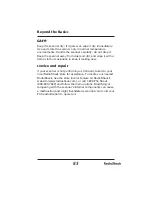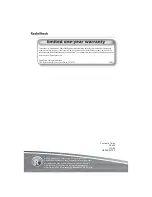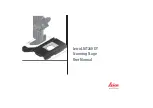
71
Beyond the Basics
follow the steps listed in “Programming a User Fleet Map” in
the previous section; however, if you want a block to be Type
II, select size code S-0.
When you begin searching a trunking bank with a Hybrid
fl eet map, you will see both types of system IDs. That is,
Type II IDs usually appear as an even number without a dash;
Type I IDs appear as a three or four digit number, followed by
a hyphen, followed by a one or two digit number.
Setting the Base, Spacing Frequencies, and Offset
Channel for Motorola VHF/UHF Trunked Systems
To properly track Motorola VHF and UHF trunked systems,
you must enter what is known as the base, spacing
frequencies and offset channels for each system.
To fi nd these out, check the www.trunkscanner.com and
other web sites and frequency resources.
Follow these steps to enter the base, spacing frequencies
and offset channel. (You can set up to three sets of these, but
almost all systems only use one set.)
1. Select the trunking programming mode and the bank you
want to change.
2. Press
e
or
d
to select E2-Hi or E2-UHF, then press E.
3. Press
e
or
d
to select bASE, then press E.
4. Use the keypad to enter confi guration block number (1-3).
Then, use the keypad to enter a new base frequency, then
press E.
5. Press
e
select SPC to enter the spacing frequency. Then
use the keypad to enter a new spacing frequency, then
press E.
You can only enter within a range of 5-100 kHz, and 5 or
12.5 kHz multiples.
Note
Note














































